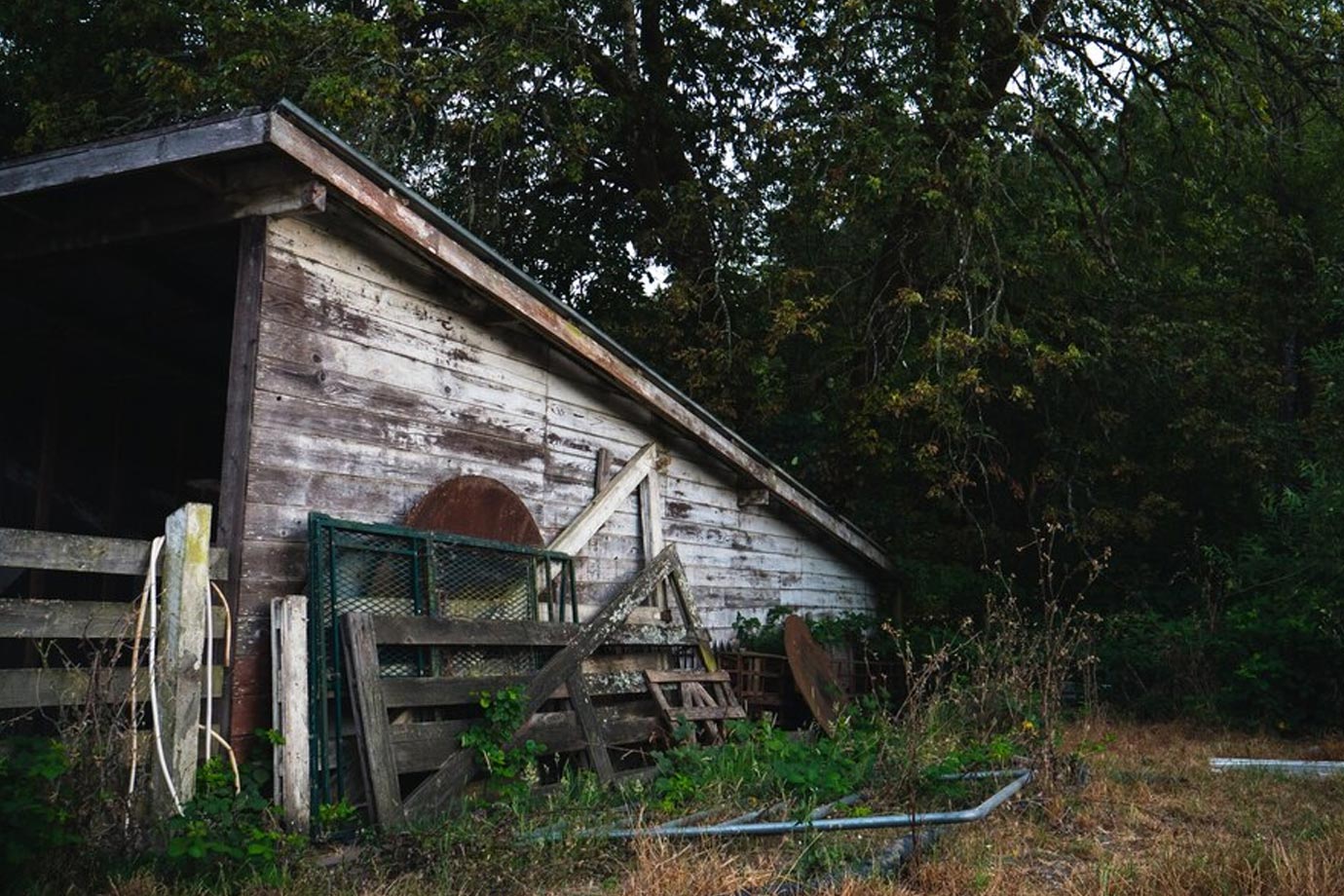The rustic style is an aesthetic that embraces the beauty of nature and the authenticity of traditional craftsmanship. Often associated with country homes, mountain lodges, and other rural settings, this design approach celebrates the unrefined, the simple, and the organic. In this article, we delve into the various elements that define the rustic style, its history, and how it has been adapted in contemporary interior design.
**Historical Roots and Evolution**
The rustic style has its origins in the pastoral landscapes and agricultural societies of Europe and America. Traditionally, rustic design was not a conscious style choice but a practical response to local resources and conditions. Homes were built with materials that were readily available, such as wood, stone, and clay, leading to a rugged, ‘homemade’ aesthetic that is now intentionally replicated for its nostalgic charm.
Over time, as industrialization and urban living increased, the rustic style evolved into a deliberate counterpoint to the sleek, manufactured look of modern decor. It came to symbolize comfort, warmth, and a connection to the natural world, appealing to those looking to create a cozy, welcoming environment in their homes.
**Key Elements of Rustic Design**
1. **Natural Materials**: The most distinctive feature of rustic design is its reliance on natural materials. Wood, in all its forms, from rough-hewn beams to polished floors, is a staple in rustic interiors. Stone is also commonly used, whether as a sturdy fireplace, structural walls, or decorative accents. These materials are often left in a state that shows off their natural imperfections, such as knots in the wood or chisel marks in stone.
2. **Earthy Tones and Textures**: Color palettes in rustic design are typically muted and drawn from a natural spectrum — think greens, browns, grays, and blues. These hues echo the outdoors and create a calming, grounded environment. Textural variety is also crucial; combining rough with smooth and hard with soft adds depth and interest to the space.
3. **Handmade and Antique Furnishings**: Furniture in a rustic setting often has a handmade quality. Pieces are usually substantial and made from solid wood, with visible craftsmanship. Antiques are highly prized for their patina and history, adding depth and character to the decor.
4. **Simple, Functional Layout**: In keeping with the practical origins of the style, rustic interiors are typically straightforward and functional. Furniture is arranged to encourage cozy gatherings, and decorative elements, while beautiful, are also practical. This no-fuss approach helps maintain the focus on materials and craftsmanship.
**Contemporary Rustic Style**
Modern rustic style combines the traditional elements of the genre with contemporary design principles. This fusion creates spaces that feel both timeless and current. For instance, a modern rustic home might feature the classic exposed wooden beams and stone fireplace but paired with modern furniture and light fixtures. This blend of old and new allows for personal expression and can make the rustic style accessible to those who might not appreciate a full traditional layout.
**Incorporating Rustic Elements into Your Home**
Adopting a rustic style doesn’t require a complete overhaul of your home. Introducing a few key elements can bring a touch of rustic charm to any space. Consider incorporating reclaimed wood shelves, a natural stone tabletop, or woolen throws and pillows. These additions, while subtle, can significantly alter the feel of a room, bringing warmth and texture to the forefront.
**Conclusion**
The rustic style is more than just a decorative theme; it is a celebration of history, nature, and craftsmanship. Its enduring appeal lies in its simplicity and the honest beauty of its materials. Whether you are renovating a country estate or simply want to add a rustic touch to your modern apartment, this versatile style offers countless opportunities to create a space that is both inviting and authentic. The key is to prioritize natural materials, embrace imperfection, and remember that the rustic style is ultimately about creating a home that feels both lived in and loved.



Leave a Reply